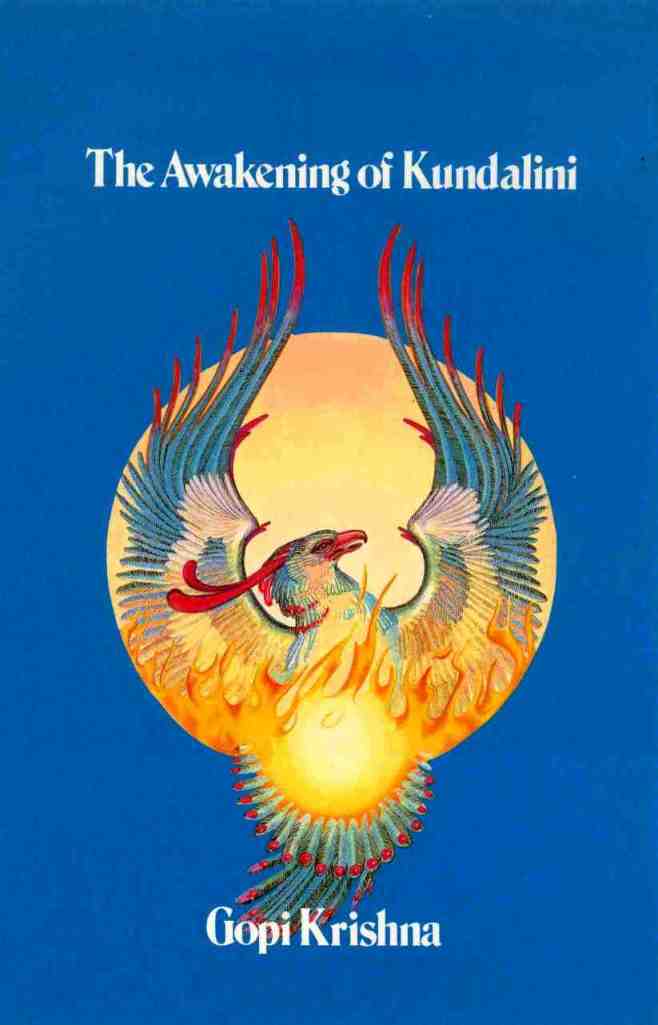New Methods of Inquiry
At the present time, the Kundalini process, as explained by the medical and philosophical systems of ancient India, is incompatible with the paradigm of reality generally in use by modern science. At its root it is a totally different view of the nature of life and the relationship between matter and consciousness.
The esoteric systems of India, confirmed by the experience of countless mystics throughout the ages, consider consciousness to be the fundamental reality. They view the phenomenal world and the life that inhabits it as a ‘projection’ of that consciousness (similar to the way a television set projects a picture that is broadcast to it from a central source). Science, on the other hand, views matter as the fundamental reality, life as a consequence of purely biological processes, and consciousness as simply a product of brain function.
Since its inception, science has imposed a limitation on itself, studying only the phenomenal world – that which can be measured empirically with the senses or recording instruments, and verified consistently through experimentation. By this very limitation, though, it has deprived itself of the authority to make definitive statements about possible non-physical aspects of creation.
But despite this, the general trend in science has been to make statements about the mechanistic nature of life and consciousness as if they were the final, indisputable truth. This attitude is, to a large degree, rooted in the assumption that human evolution has proceeded as far as it can go, and that the intellect is the only mental faculty possible for the apprehension of reality.
The New Paradigm
The old, highly mechanistic Newtonian paradigm of reality, prevalent in the 19th century, has changed substantially over the last 100 years or so. Albert Einstein's Special and General Theories of Relativity and quantum theory in physics have destroyed the old deterministic picture of reality. They have also called into question the nature of matter. What is the relationship between the observer (point of consciousness) and the observed phenomenon (physical world)? It is no longer clear-cut.
Physics has recently discovered that the universe is expanding at an ever-increasing rate. This expansion seems to be caused by an as yet undetected force termed ‘Dark Energy.' This theory has made the notion of a cosmic creative energy such as Shakti seem far less strange.
Advancements in medical imaging technology in recent years have shown us aspects of brain function that were hitherto hidden. Hopefully, new technologies will be invented in the near future which will allow us to detect and study prana as it operates in the body. Such a breakthrough could revolutionize our understanding of life, and bring the two conflicting world views closer together.
What can be measured by science at this time, with regard to the Kundalini process, is the development of traits of genius or artistic ability not present in an individual before the process began. Changes in the blood or cerebro-spinal fluid, experienced when Kundalini is in a highly active phase, could also be detected with present technology. However such rigorous studies have not yet been undertaken.
It is essential that the Kundalini process be scientifically validated. This would contribute to the idea that evolution, rather than being purely random, has a predetermined goal, i.e. the higher faculties of mind such as ‘cosmic consciousness’. The development of such faculties would bring about a revolution in our understanding of reality that cannot even be imagined at this time.
In the early 20th century, Einstein’s theory of Special Relativity replaced Newton’s laws of motion. But rather than totally invalidating them, it showed them to be a subset of a higher (relativistic) order. In the same way, it is hoped that science will eventually come to realize that the knowledge of the physical world it has gained is just as valid in a scheme of reality where consciousness is paramount, but is similarly a subset of a higher order.
It is the acquisition of new faculties of mind by those in the scientific community that will eventually lead to an expansion of the frontiers of science into the realm of consciousness. When this happens, the two conflicting world views will merge into a new one that is superior to both.
Related ICR Resource:
The Awakening of Kundalini
This book deals specifically with the subject of meditation and with the question, "What should everyone know about higher consciousness?"





